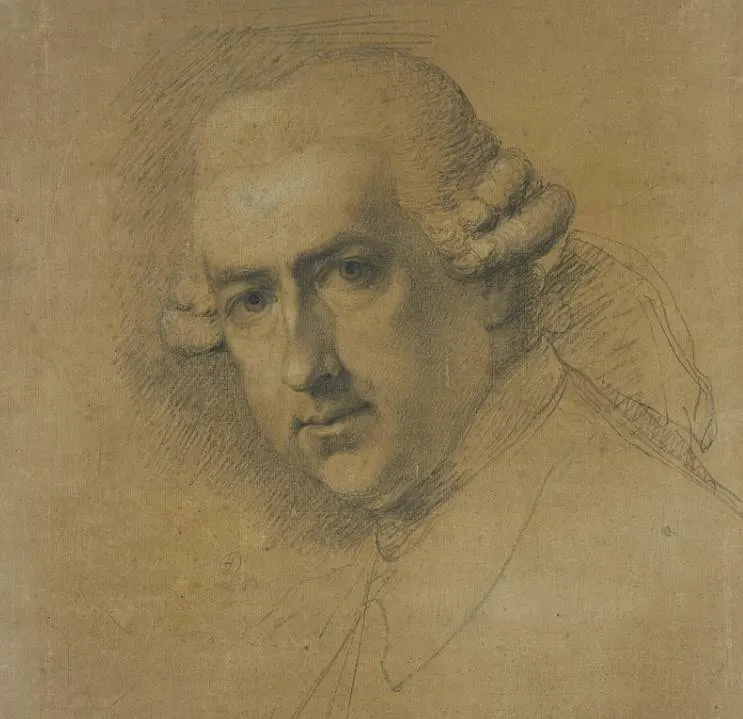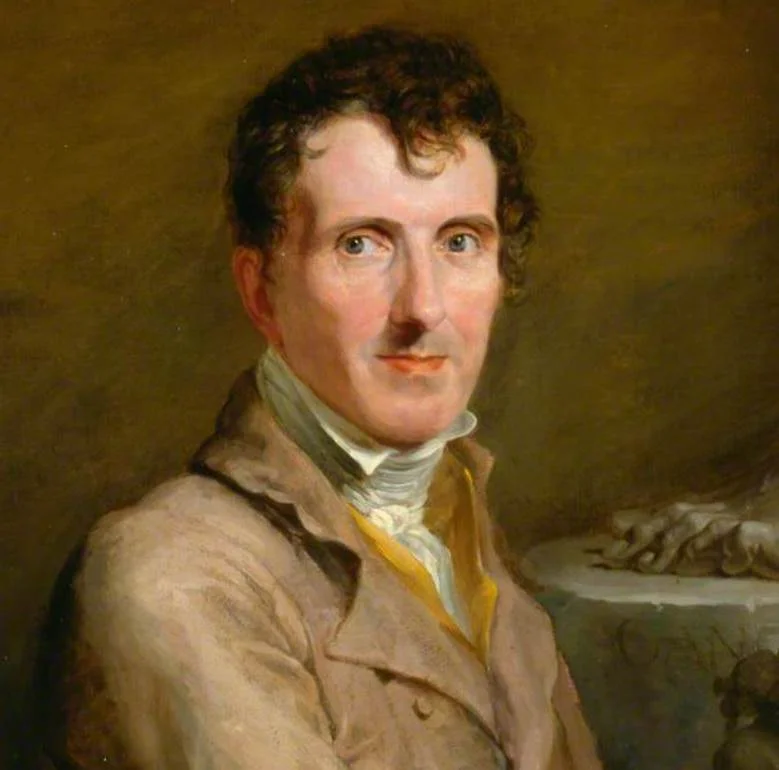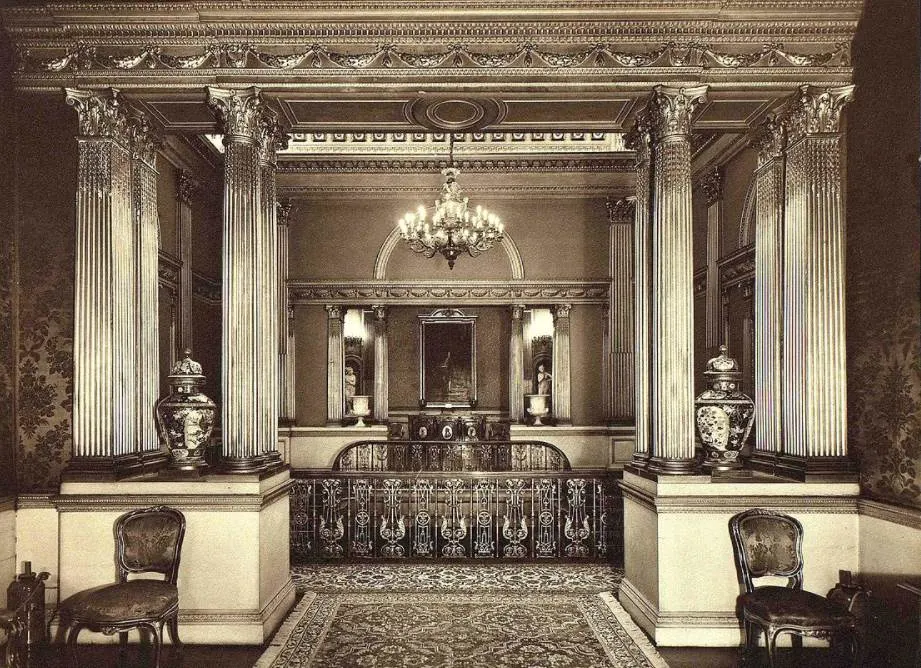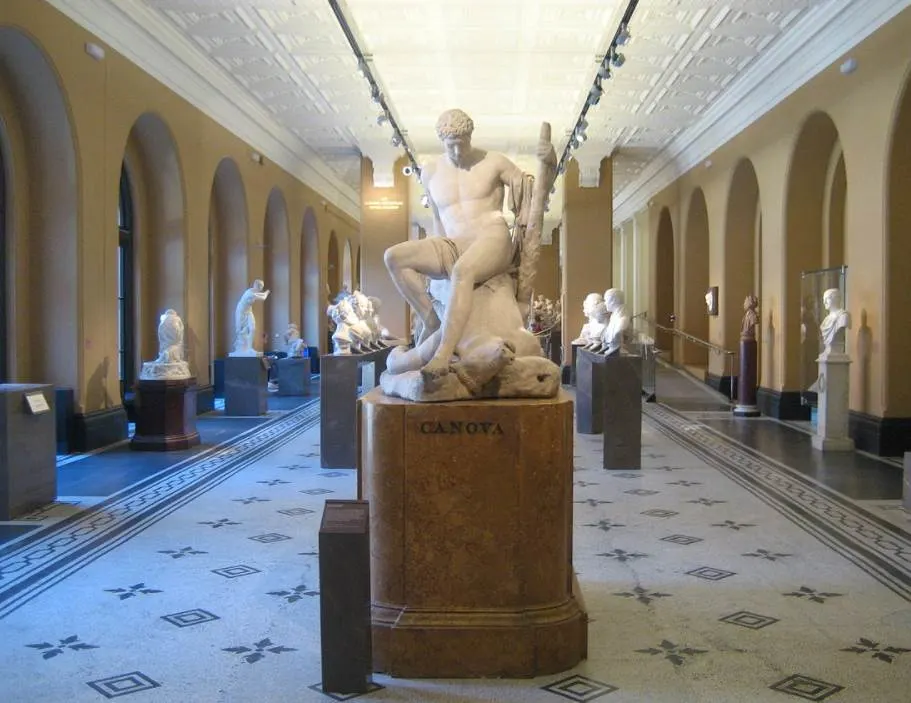When Antonio Canova (1757-1822) arrived in Rome, he had to start all over with establishing a reputation, the same as he did during his early period in Venice. The work described in this article is what put the Neoclassical artist on the map in Italy’s capital.
Let’s take a closer at some of the most interesting facts about Theseus and the Minotaur, one of the most fascinating works in the rich oeuvre of Canova.
1. It was commissioned by a Venetian patron in Rome
Canova arrived in Rome on December 28, 1780, and didn’t have to look long before receiving his first commission. Since he was already an established sculptor in Venice, the Venetian ambassador in Rome ordered a sculpture from him and even delivered the marble block for it.
It’s always easier if you have connections when arriving at a new place, especially a patron of the arts such as Girolamo Zulian. Canova started working on this sculpture in 1781 and completed it in 1782.

2. Canova’s Scottish friend provided the subject of the sculpture
One of the most remarkable facts about this sculpture is that Girolamo Zulian provided a block of marble but left it up to Canova to establish a subject. You would expect that a patron has somewhat of an idea of what the work should be about, but this wasn’t the case with this one.
Baffled by this notion, Canova turned to his good friend Gavin Hamilton (1723-1798), a famous Scottish Neoclassical painter who was working in Rome to find inspiration for his works.
Because of his extended knowledge on all matters of antiquity, he suggested the subject of Theseus, the founder of Athens, crushing the minotaur. This is a mythical story derived from Ovid’s 1st-century work “Metamorphoses.”

3. The sculpture can be considered to be an allegory as well
Even though Hamilton suggested a particular story derived from the work of a Roman poet who lived in the time of Augustus (and who ended up being banished by him for unknown reasons as well), he had another reason for choosing this particular subject.
The 18th century was the Age of Enlightenment, an intellectual and philosophical movement that brought about a wide range of ideas to enhance life in general. These ideas had their root in a movement that happened way earlier known as Renaissance Humanism, the first time classical antiquity was closely examined.

In the case of Theseus and the minotaur by Antonio Canova, it could be interpreted as an allegory of reason defeating irrational ideas and thoughts.
4. The first viewers didn’t believe it was a contemporary work
Antonio Canova didn’t establish his name in Rome yet as this was the first work he completed in the city. This means that his remarkable talent hadn’t been discovered yet by the Roman art enthusiasts, something that would quickly change in the following years.
The artist took his time to study the countless works of classical sculptures that were located in Rome to serve as a model for this particular work. This didn’t go unnoticed by art critics who couldn’t believe this was a contemporary work upon viewing it.
To the great surprise of the Roman public, this wasn’t an exact copy of an ancient Greek sculpture but the unique work of a man who would define Neoclassical sculpture in the following decades. Intelligent as he was, he made sure to carve his name in big letters on the sculpture’s pedestal.

5. How big is the Theseus and Minotaur sculpture?
Canova carved the sculpture out of a single slab of marble and even though it’s far from being his largest work, it’s still pretty impressive in size.
It has dimensions of 45.4 × 158.7 × 91.4 centimeters (18 x 62 x 36 inches) which makes it about life-sized.
6. The man who commissioned it never really owned the sculpture
The man who commissioned the work never owned it because he already traveled to Constantinople (modern-day Istanbul) before it was completed. This means that Canova owned the work himself upon completion as it was donated to him by Girolamo Zulian.
The artist ended up selling the work to Count Moritz von Fries (1777-1826), an Austrian nobleman and patron of the arts. Following the purchase, it was transported to his residence in Vienna.
7. It decorated a famous residence in London for over a century
It’s unknown when exactly, but the sculpture made its way to London after being acquired by Charles Vane, 3rd Marquess of Londonderry somewhere in the 1820s. He was of Irish descent and fought for the British army during the Napoleonic Wars in the early 19th century.
He became a diplomat following his military career and ended up becoming the British Ambassador to Austria, which is where he came across Theseus and the Minotaur by Canova.
Following its move from Vienna to London, the sculpture decorated the Londonderry House on Park Lane in the Mayfair district of London until this aristocratic residence was demolished in the year 1962.

8. It was acquired by a London Museum for a relatively low fee
The sculpture never left London as it was acquired by the Victoria and Albert Museum or “V&A” in London in the year that the Londonderry House was demolished.
Founded in 1852, this enormous museum was named after Queen Victoria and Prince Albert. The museum paid just £3000 (the equivalent of over £65,000 today) for the work that established Canova’s career in Rome, a relatively low fee for such a defining work of art.

